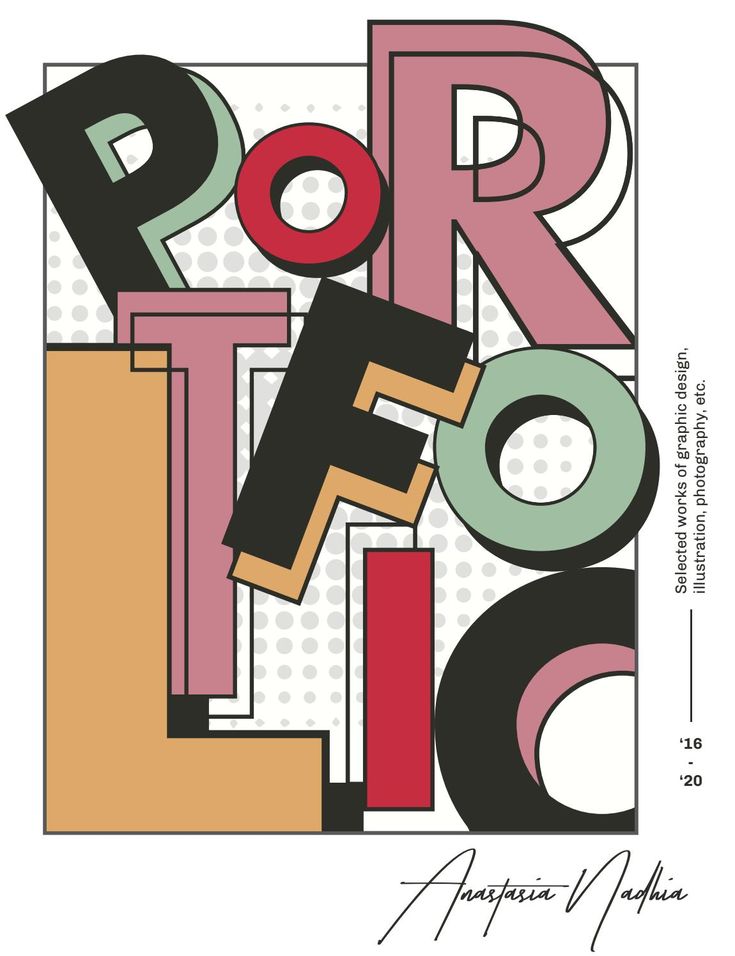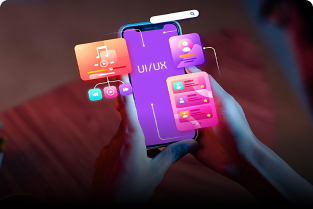Augmented Reality (AR) and Virtual Reality (VR) are no longer futuristic fantasies — they’re reshaping industries from gaming and entertainment to education, healthcare, retail, and real estate. With the global AR/VR market expected to exceed $450 billion by 2030, this field offers exciting career opportunities for designers ready to step into a world where the physical and digital merge.
But how do you actually break into AR/VR design? Whether you’re a student, a graphic designer, or someone with a tech-savvy curiosity, this guide will help you understand the skills, tools, and steps needed to launch your AR/VR design career.
1. Understand What AR/VR Design Really Involves
AR and VR design isn’t just about making things look good — it’s about creating immersive user experiences that feel natural and intuitive in 3D environments. Here’s how they differ:
-
AR (Augmented Reality): Enhances the real world by overlaying digital elements.
-
VR (Virtual Reality): Creates a fully immersive digital environment, cutting off the real world.
Designers must think spatially, understand user behavior in immersive settings, and design interfaces that work seamlessly in 3D.
2. Build a Strong Foundation in UX/UI and 3D Design
If you’re coming from traditional 2D design or UI/UX, that’s a great start — but you’ll need to expand your toolkit:
-
User-Centered Design (UCD): Understand how users interact with 3D environments differently than 2D.
-
3D Modeling: Learn the basics of creating 3D objects and environments.
-
Spatial Design: Think in terms of depth, motion, and physical space.
Skills to focus on:
-
Storyboarding for AR/VR
-
3D interaction design
-
Motion design and animation
-
Accessibility in immersive environments
3. Master Key Tools and Software
Familiarity with industry-standard tools is a must. Here are some popular ones:
-
Unity and Unreal Engine: For building immersive environments.
-
Blender, Maya, or Cinema 4D: For 3D modeling and animation.
-
Adobe Aero, Spark AR, or Lens Studio: For quick AR prototyping.
-
Figma or Sketch: For wireframing AR/VR app interfaces.
Many AR/VR companies also look for experience with XR prototyping tools like Torch, ShapesXR, and Gravity Sketch.
4. Take Specialized AR/VR Design Courses
Learning platforms like Coursera, Udemy, and edX offer beginner to advanced-level AR/VR design courses. Some recommended options include:
-
Coursera’s “Introduction to Augmented Reality and ARCore”
-
Unity Learn’s “Create with VR”
-
Udemy’s “Master ARKit & ARCore in Unity”
Consider enrolling in certification programs or immersive bootcamps that focus on XR (Extended Reality) design.
5. Build a Portfolio with AR/VR Projects
Start creating your own projects to showcase your abilities. Even if they’re small prototypes, they demonstrate your understanding of immersive UX. Your portfolio should include:
-
Conceptual sketches or storyboards
-
3D environments or object mockups
-
Recorded user interactions or demo videos
-
Explanations of design decisions
Platforms like GitHub, Behance, and ArtStation are good places to host your portfolio.
6. Join the AR/VR Community
Connect with others in the field to stay up to date and get feedback:
-
Join AR/VR groups on LinkedIn, Reddit (like r/oculusdev), and Discord.
-
Attend virtual events like AWE (Augmented World Expo) or VR/AR Global Summit.
-
Collaborate on open-source or indie AR/VR projects.
Networking can lead to job referrals, mentorship, and freelance opportunities.
7. Apply for Internships or Entry-Level Positions
Look for positions like:
-
AR/VR UX Designer
-
XR Product Designer
-
3D Interaction Designer
-
Immersive Experience Designer
Companies like Meta, Apple, Google, Niantic, and Magic Leap are heavily investing in AR/VR. Don’t hesitate to start small — even internships at startups can give you hands-on experience that helps you grow fast.
Final Thoughts
The AR/VR design industry is still evolving, which means there’s room for creative thinkers to shape the future of immersive technology. If you’re passionate about blending design with emerging tech, this is the perfect time to dive in.










